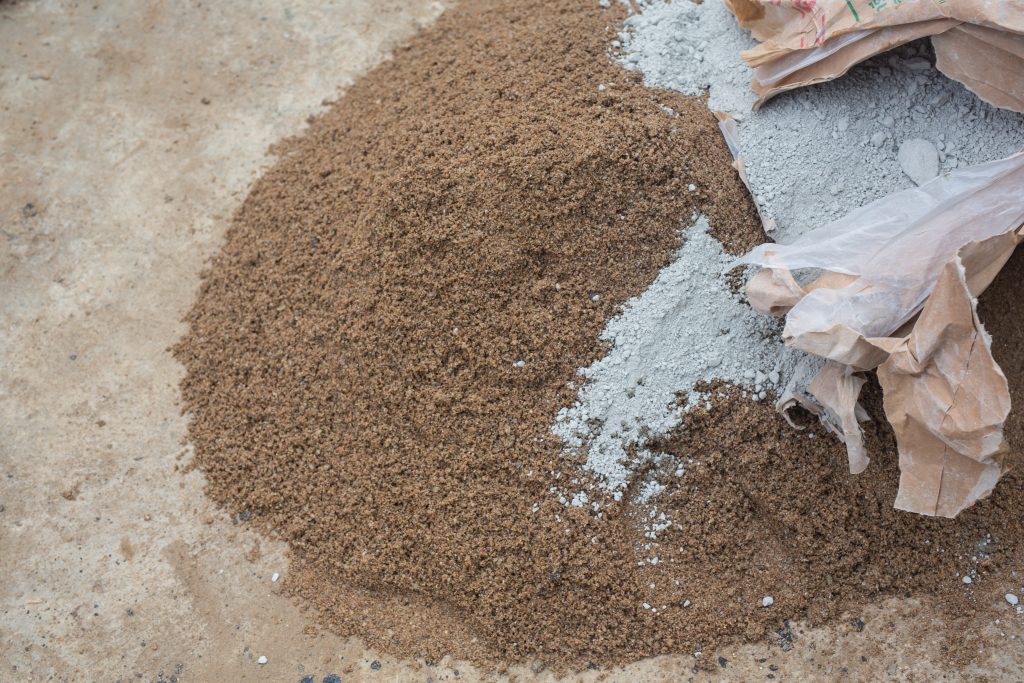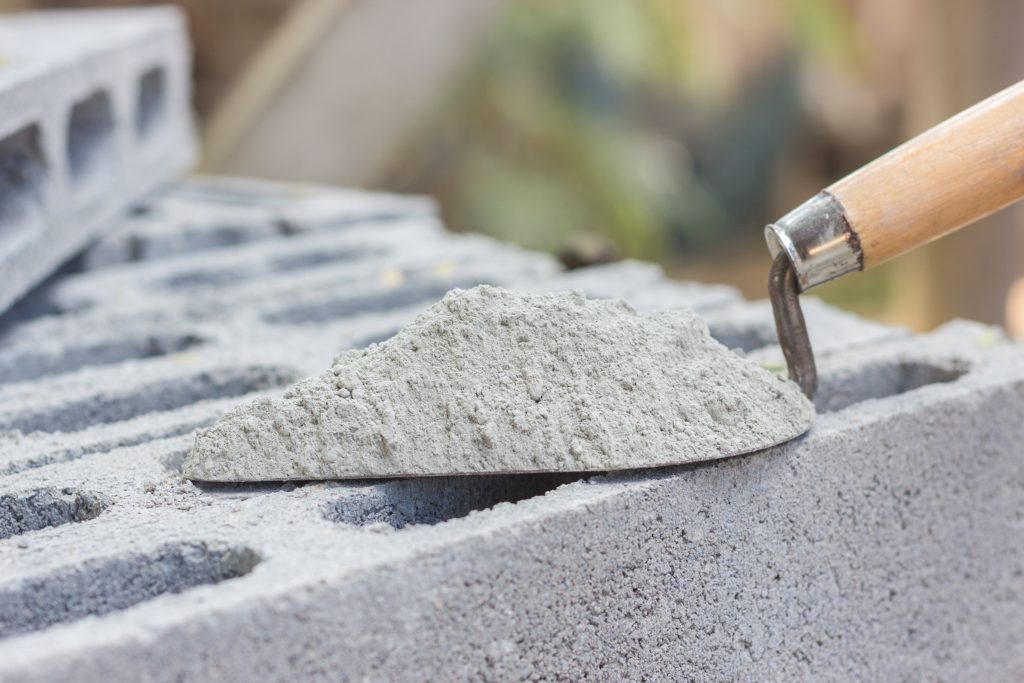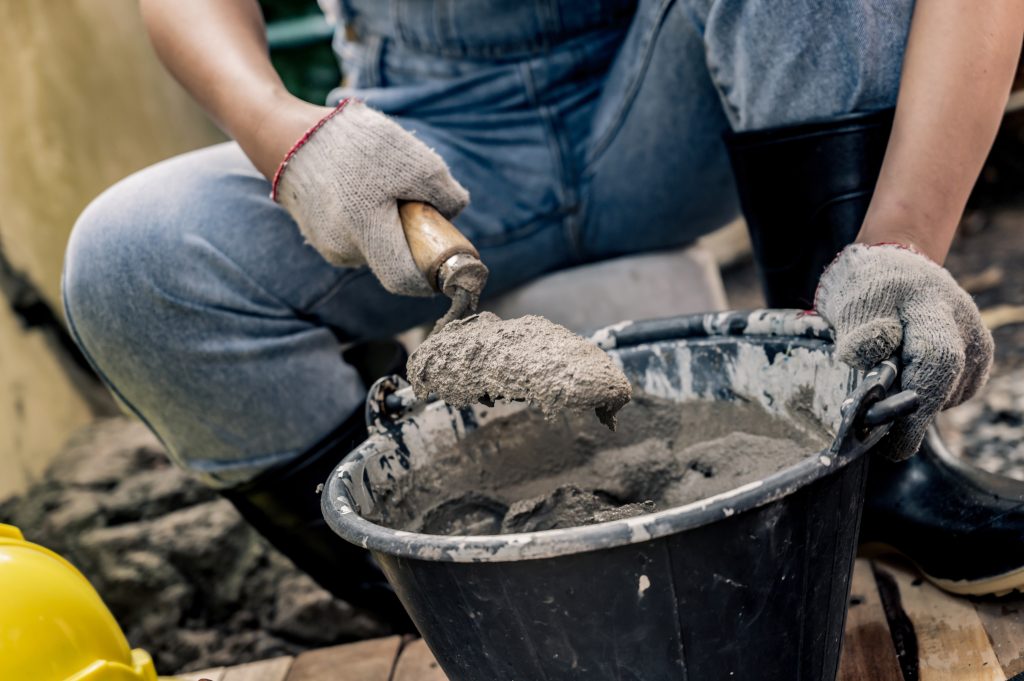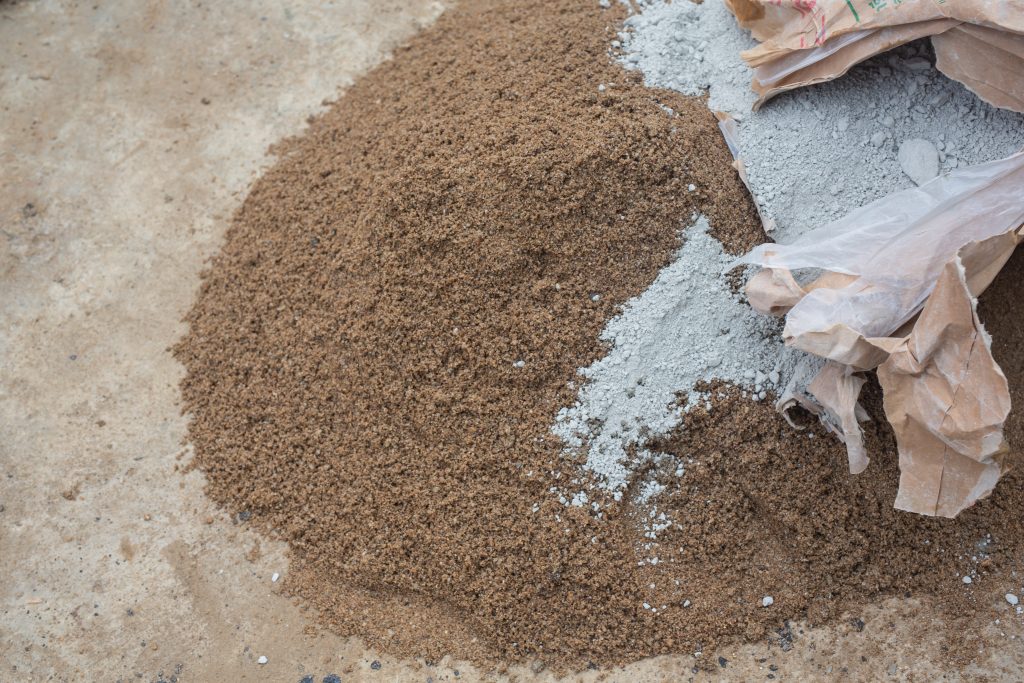Concrete is a fundamental and versatile element in modern construction. Depending on the ratio of its main constituents, i.e., cement, sands and aggregate, concrete is classified into ordinary, standard, and high-strength concrete. Among the various grades of concrete, M20 and M25 are some of the commonly used concrete grades. Here, the ‘M’ in M 20 stands for ‘mix’ and the number represents the characteristic strength of 150 mm cube specimen tested at 28 days in megapascals (MPa). Read on to explore the comparison of M20 ratio vs M25 ratio.
What is M20 Ratio in Concrete?
M 20 ratio obtains 20 MPa (N/mm2) of compressive strength after 28 days of curing period. It falls under the category of ordinary concrete and is used in constructions where moderate strength is required. M20 is applied in construction of resident and low-rise buildings and for structural elements such as foundations and flooring.
The composition of M20 concrete is in the ratio of 1:1.5:3, where:
- Cement: 1 part
- Fine aggregates (sand): 1.5 parts
- Coarse aggregates: 3 parts
What is M25 Ratio in Concrete?
M25 concrete ratio comes under the standard concrete category with a compressive strength of 25 MPa. Its ingredient mix proportion are in the ratio of 1:1:2 i.e., 1 part cement, 1 part sand and 2 parts coarse aggregates. M25 concrete is used in the construction of projects that require higher load resilience such as buildings, beams of bridges and more.
Understanding the Difference between M20 Ratio and M25 Ratio
The major difference lies in the compressive strength of M20 ratio and M25 ratio, but the other mechanical properties also differ.
Compressive strength
As mentioned earlier, M20 grade concrete has a compressive strength of 20 MPa or approximately 2900 psi. In contrast, the compressive strength of M25 concrete is 25 MPa or approximately 3625 psi. M25 grade exhibits higher compressive strength, making it suitable for greater load-bearing structural applications.
Tensile strength
Both flexural and split tensile strength in M20 and M25 varies. The tensile strength of concrete is its ability to resist cracking or breaking under tension.
Durability
It refers to concrete’s resistance to aggressive environmental conditions. The higher compressive strength of M25 compared to M20 concrete indicates its ability to withstand higher loads and resist deformation when exposed to moisture, temperature variations, chemical attacks, and freeze-thaw cycles.
Modulus of elasticity
M20 concrete ratio has around 22360 MPa and M25 concrete grade has 25000 MPa of modulus elasticity. It indicates that M25 concrete can withstand higher stress but is brittle than M20 concrete. Hence, cracks will appear sooner on M25 than M20 as low elasticity modulus allows it to bend and deform easily.
Workability
It is a property that directly impacts the strength, quality, and appearance of concrete. The M25 concrete is stiffer than M20 concrete as it has higher cement content and reduced water-cement ratio contributing to its increased strength.
Factors Influencing the Choice of M20 and M25 Ratios in Different Construction Scenarios
The choice of concrete mix primarily depends on its application. A suitable concrete grade is decided by evaluating the structural design requirements and project specifications. Here are some factors that influence the choice of concrete:
Structural requirements
The expected load and the required compressive strength on the structure contribute to determining the concrete grade. Typically, M25 grade concrete is preferred for structural elements that require higher load bearing capacity such as columns and beams in high-rise buildings. However, M20 grade concrete may be suitable for building structures for domestic settings.
Workability
The degree of workability depends on the size of section, amount of reinforcement and compaction method. M20 ratio may be a preferred choice for structure with narrow or inaccessible sections, as it requires high workability for complete compaction of concrete. In contrast, M25 ratio is less fluid than M20 and may be used for structures with larger spans.
Durability
Aspects such as exposure conditions, design life and maintenance need to be considered. M20 is suitable for the construction of plain cement concrete (PCC) elements under severe exposure. In construction of reinforced cement concrete (RCC) structures, M20 ratio is recommended only for mild exposure whereas, under moderate exposure M25 concrete is recommended as it offers greater compressive strength and durability.
Key Considerations When Working with M20 and M25 Grade Concrete Mixes
It is important to consider practical aspects and adhere to the Indian standards. Here are some practices to keep in mind:
Employing quality assurance measures
To ensure that the concrete grade meets the desired standards and specifications, adequate measures should be taken. The quality assurance activities relate to proper design, use of appropriate materials, mix design verification, proper workmanship, and complete care of the structure during and after construction.
Moreover, for effective performance of the concrete, each party involved in the project should establish a Quality Assurance Plan. This plan should involve defined tasks and responsibilities of Individuals involved, requisite program to monitor the process, and maintenance of documents of the construction process.
Proper Batching
Batching is a process that involves measuring and combining various constituent materials to create a uniform concrete mix. The accuracy in batching impacts the workability and quality of the mix.
During the batching process, it is recommended to consider using the smallest practical number of concrete mixes on site to avoid errors. Also, in the batching method cement and aggregate quantity is determined by mass, quantity of admixture by mass (if solid) and by volume (if liquid or mass) and water by volume in a calibrated tank.
Mixing
It is the process of combining concrete mix materials to form a homogenous concrete mix. For mixing the concrete, a mechanical mixture is preferred that complies with IS 1791 and IS 12119. The concrete is mixed for an adequate duration to achieve proper consistency.
It is recommended to monitor the consistency at frequent intervals to maintain workability. Visual inspection is also necessary during mixing to ensure that there no segregation, lumps or dry pockets are present. Finally, maintain batch-to-batch consistency to ensure uniformity in the concrete production.
No matter what the construction requirements are, JK Cement has you covered. Explore our range of cement.
FAQs
How to ensure durability of M20 and M25 concrete?
Follow the best practices like using high-quality materials, proper mix design and comply with the Indian standard manuals for concrete production to ensure a concrete mix that provides durability to the structures.
What are the factors that affect concrete workability?
Water-cement ratio, aggregate properties, and admixtures are the factors that affect the workability of concrete.
Are M20 and M25 concrete mixes good for constructing slabs?
Both M20 and M25 ratio concrete are suitable for slab construction, but the choice depends on the design specifications and load considerations.














